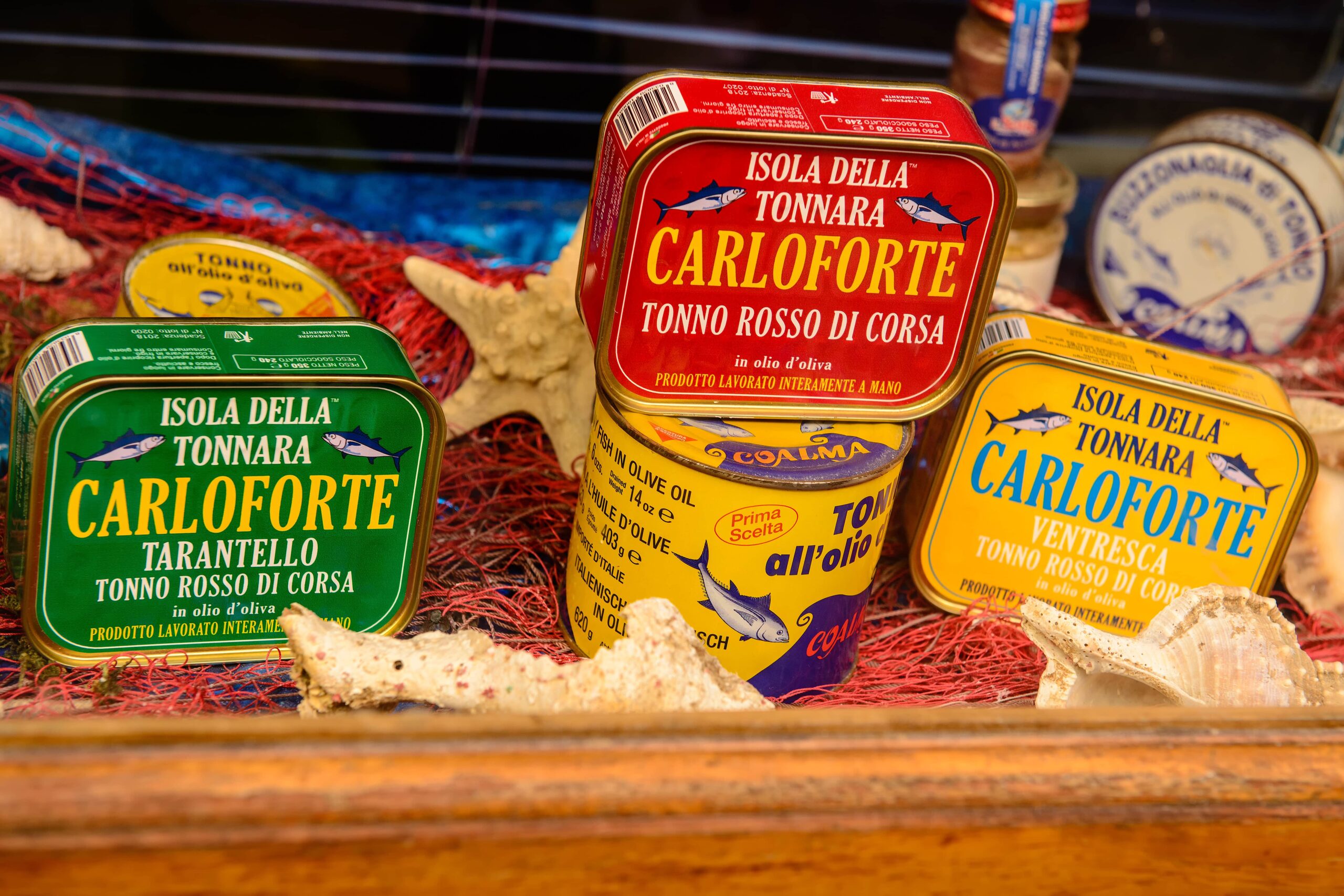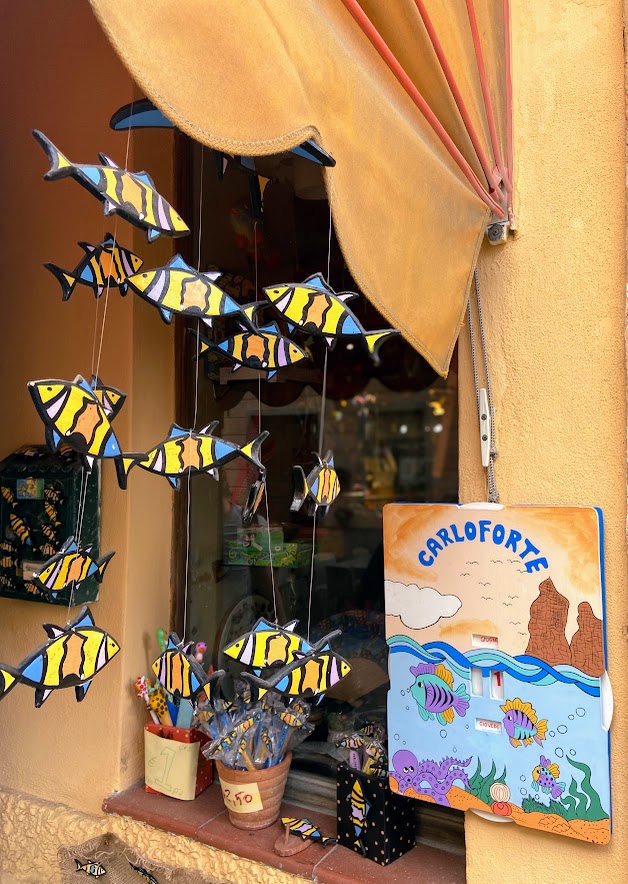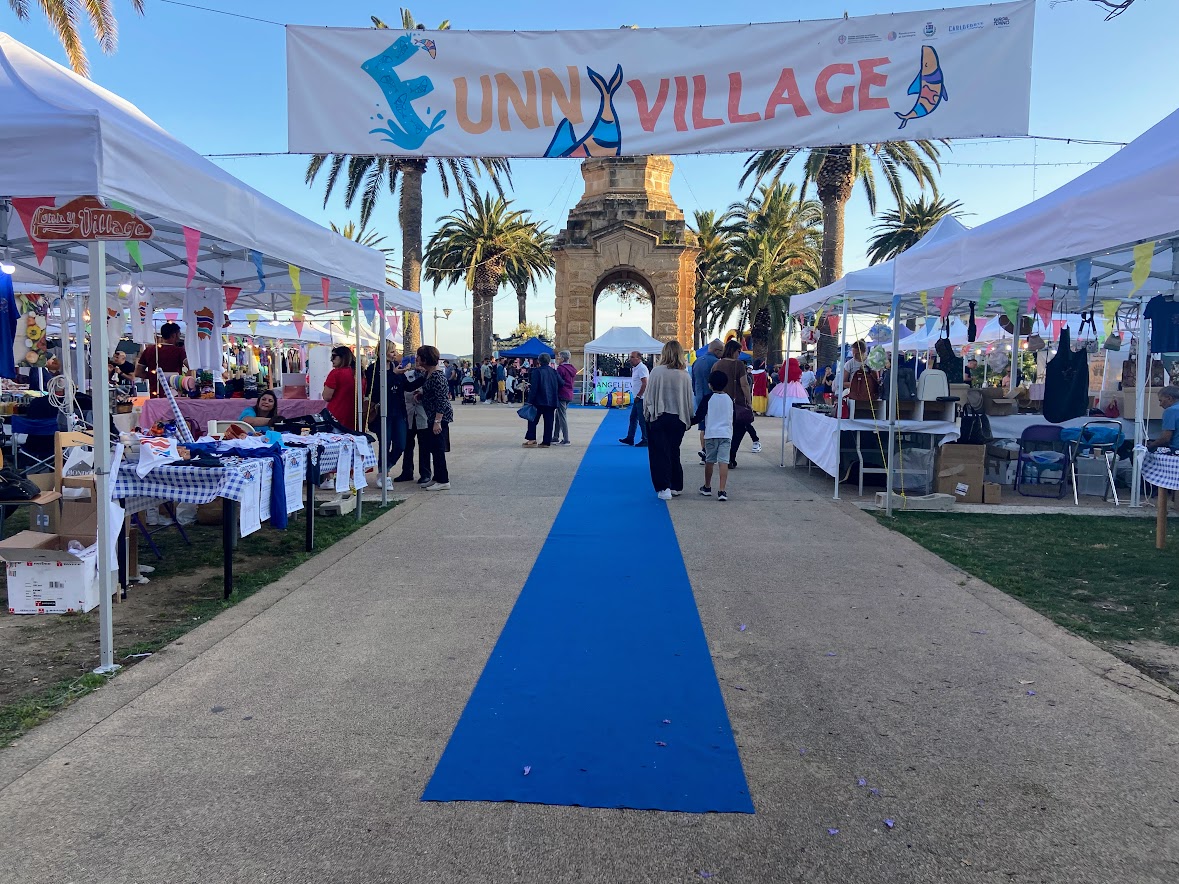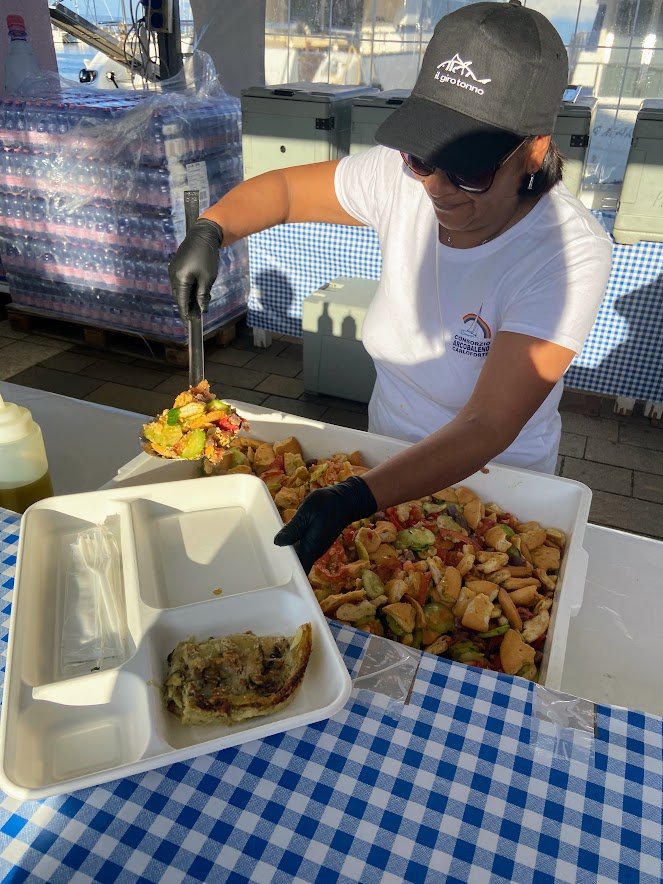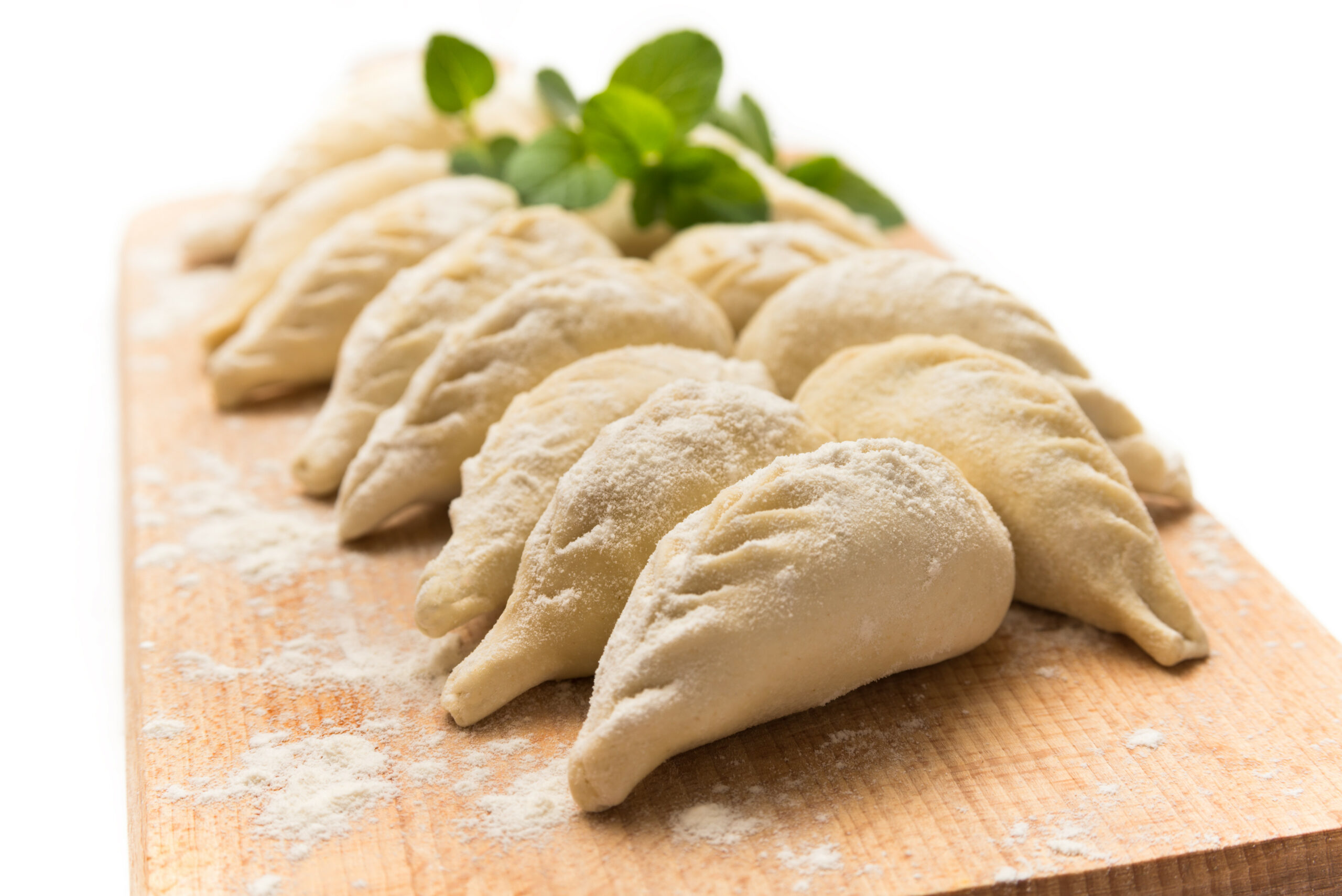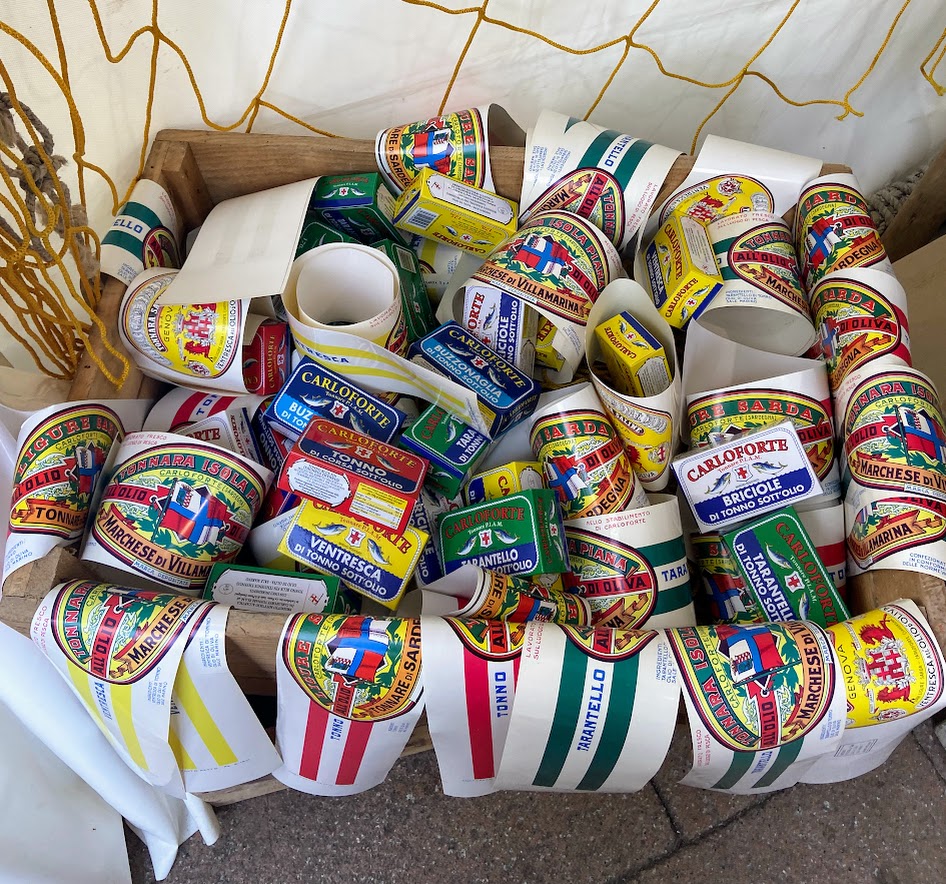
Girotonno and Carloforte
San Pietro, the sixth largest Italian island in the south-west of Sardinia, presents annually its symbolic event, the Girotonno festival. The four-day gastronomic event is held in the only inhabited center of the island, the small town of Carloforte.
The island of San Pietro is located in the southwest of Sardinia, in the historical region of Sulcis, in close proximity to the island of Sant’Antioco, which is directly connected to Sardinian mainland by an isthmus. In this particular area, between these two islands, every year from April to June tuna flocks come to lay their eggs in the warm waters of the Mediterranean Sea. Since the Phoenician and Roman era tuna fishing in nets has taken place here and this tradition remained nearly unchanged until present.
As part of the festival, where tuna is the main ingredient and representative, you can taste special menus and recipes, appreciate show-cooking by award-winning Italian chefs or take part in culinary battles between international chefs. The event takes place on the harbor promenade, in the streets and squares of the center of Carloforte. During four days you can attend organized guided tours or visit for free the important sights and buildings, as part of the Monumenti Aperti (“Open Monuments”) initiative. The evenings are dedicated to live music, stalls with craft and food products and an entertainment program for both children and adults.
The island of San Pietro itself is a destination with less tourist attention than the rest of Sardinia, but its natural treasures are very enchanting. The coast is mainly rocky, interrupted occasionally by sandy beaches, with its symbols – the stone columns of Le Colonne, rising from the sea in the south of the island, the underwater cave Grotta dei Colombi, the oasis of Su Lipu with a coast up to 130 meters high or the lunar landscape of Nasca. The rocky coast provides great conditions for snorkeling, diving and paddleboarding enthusiasts, while the half-empty local roads are appreciated by cyclists and motorcyclists.
The island was settled in the 18th century by families from the island of Tabarka (today’s Tunisia) and the district of Pegli (part of today’s Genoa), who were given the permission to colonize it by Charles Emanuel III, Duke of Savoy and King of Sardinia. The influence of colonization can still be felt in the city of Carloforte today, both in the cuisine, where typical dishes of North Africa appear, and in the dialect of the local inhabitants, which is similar to Ligurian. The colorful houses in the narrow city-centre streets give the town – with its 6,000 inhabitants – nearly fairy-tale character. No wonder that the city is on the list of the most beautiful Italian towns and villages “Borghi piu belli d’Italia”.
